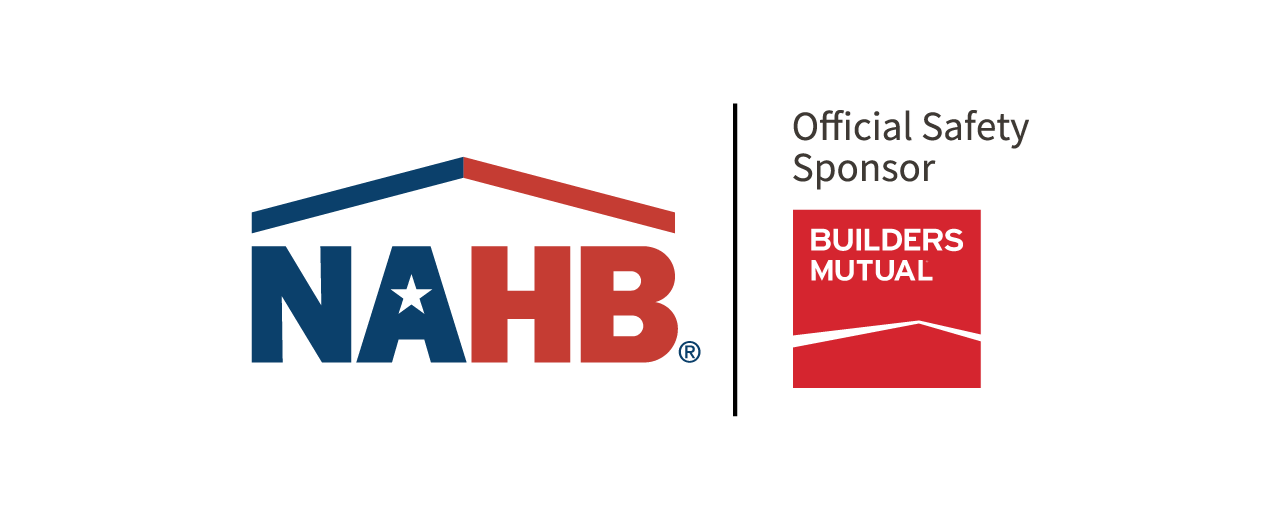OSHA Proposes First Federal Workplace Heat Standard
OSHA today released its proposed standard for Heat Injury and Illness Prevention in Outdoor and Indoor Work Settings. If finalized, this rulemaking would mark the first federal standard requiring employers to create a plan to evaluate and control heat hazards in their workplace.
According to the proposal, the standard would apply to all employers conducting outdoor and indoor work in all general industry, construction, maritime and agriculture sectors, with some exceptions.
Five states currently have heat injury and illness prevention regulations to protect employees exposed to heat hazards in the workplace: Colorado, California, Minnesota, Oregon and Washington.
Elements of the proposed standard are summarized in an agency fact sheet and include the following:
- Training for supervisors, heat safety coordinators and employees;
- Developing and implementing a work site heat injury and illness prevention plan (a written plan must be created for employers with more than 10 employees);
- An initial heat trigger with a heat index of 80°F. When the workplace temperature reaches the initial heat trigger, requirements for employers include providing drinking water, break areas for indoor and outdoor work sites, acclimatization of new and returning employees, paid rest breaks if needed, and more;
- A high heat trigger with a heat index of 90°F. Requirements for employers include giving workers a minimum 15-minute paid rest break at least every two hours, warning signs for excessively high heat areas, and more;
- Two different options for acclimatization procedures for new or returning workers; and
- Additional recordkeeping requirements.
Additionally, workers who are exposed to high temperatures in short duration (i.e., workers who are not exposed to temperatures at or above the initial heat trigger for more than 15 minutes in any 60-minute period), indoor “sedentary” work or work activities performed in indoor work areas or vehicles where air-conditioning consistently keeps the ambient temperature below 80°F, work performed at home or at another remote location, and emergency response workers are exempt from the requirements in the standard.
OSHA is allowing the public to submit feedback in response to the proposal 120 days after its official publication. NAHB is reviewing the proposed rule to analyze its full impact on residential construction and will submit comments in response.
NAHB will continue to provide updates on the standard throughout the rulemaking process. To keep your workers safe on the jobsite, see NAHB resources on heat safety, including the Heat Stress video toolbox talk.

Latest from NAHBNow
Dec 19, 2025
2025 Census Survey Reminder: Help Us Advocate for Home BuildingMembers should have received an important reminder this week from NAHB to complete our 2025 Builder and Associate Member Census. Please take a few minutes to participate to help us develop education, advocacy and networking opportunities needed to help your business grow.
Dec 19, 2025
Ford Announces Big Savings for NAHB Members on 2026 Model Year VehiclesAs a flagship partner of the NAHB Member Savings Program, Ford Pro has announced significant savings on eligible 2026 model year vehicles — up to $5,500 off. The lineup includes popular options such as Broncos, F-150s, Super Duty pickups, and Transit vans.
Latest Economic News
Dec 19, 2025
Existing Home Sales Edge Higher in NovemberExisting home sales rose for the third consecutive month in November as lower mortgage rates continued to boost home sales, according to the National Association of Realtors (NAR). However, the increase remained modest as mortgage rates still stayed above 6% while down from recent highs. The weakening job market also weighed on buyer activity.
Dec 18, 2025
Lumber Capacity Lower Midway Through 2025Sawmill production has remained essentially flat over the past two years, according to the Federal Reserve G.17 Industrial Production report. This most recent data release contained an annual revision, which resulted in higher estimates for both production and capacity in U.S. sawmills.
Dec 18, 2025
Inflation Slows in November (with a Caveat)Inflation unexpectedly eased in November, according to the Bureau of Labor Statistics (BLS) latest report. This data release was originally scheduled for December 10 but was delayed due to the recent government shutdown.
